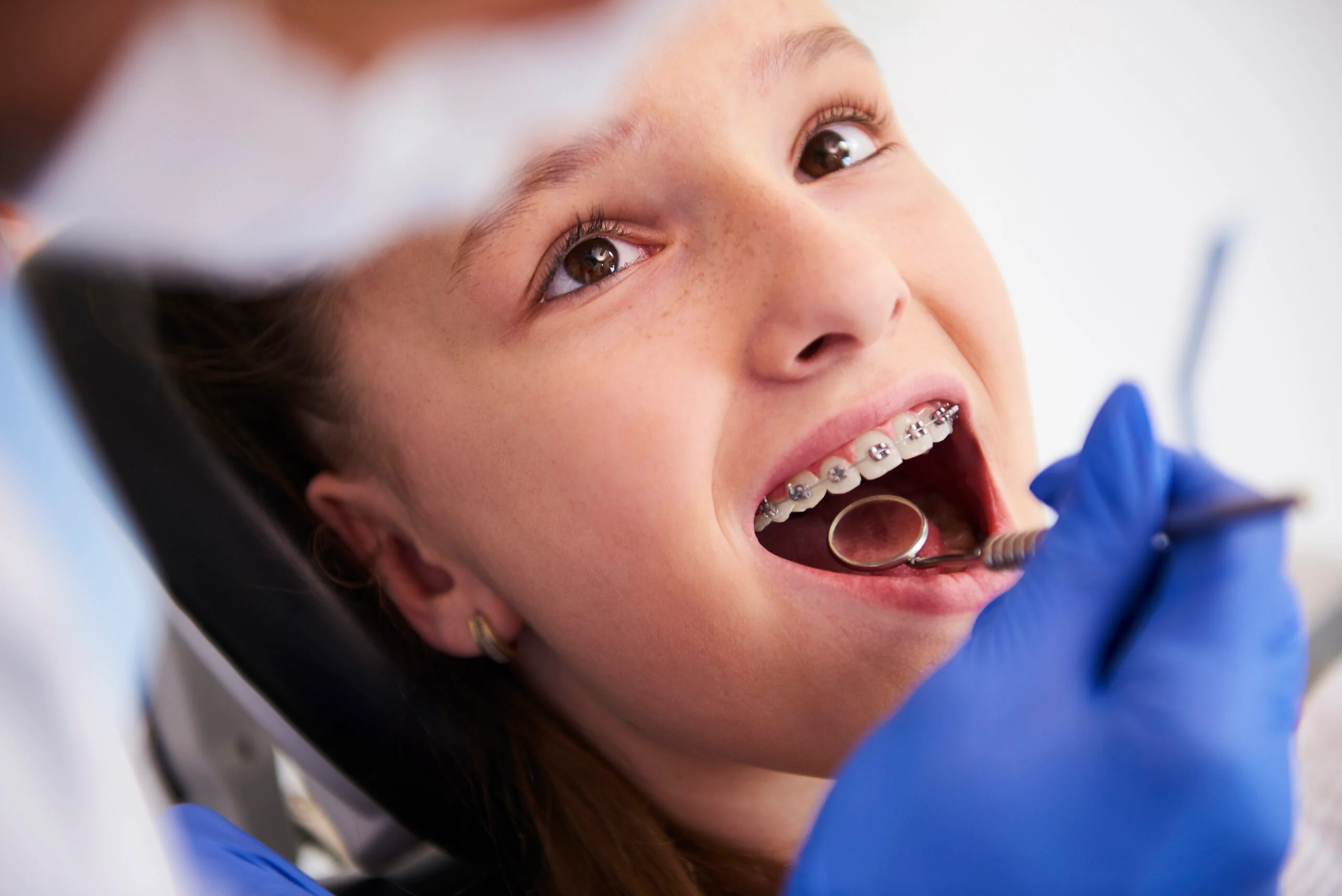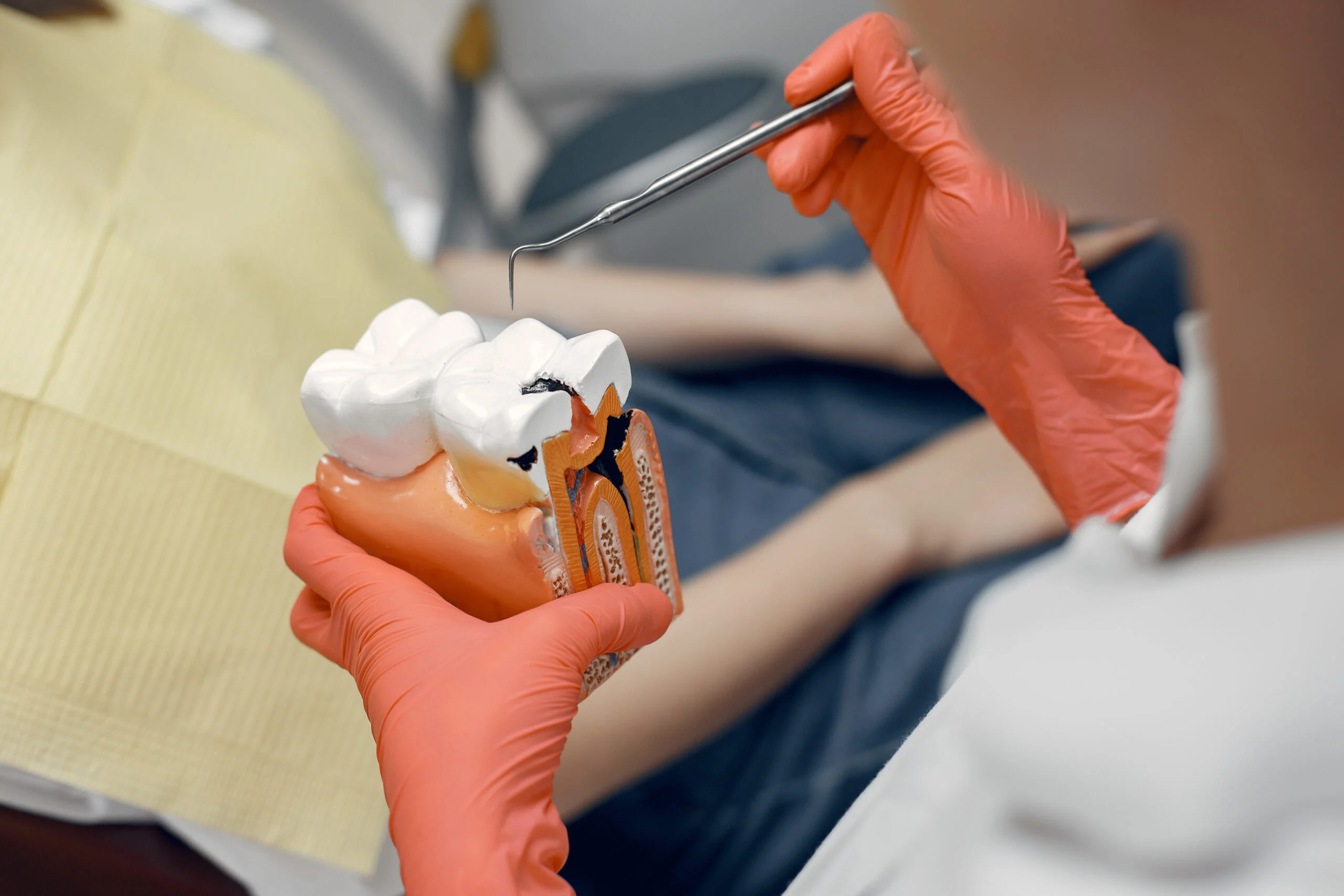Introduction
Imagine a world where missing teeth, impaired oral function, and compromised aesthetics are no longer a concern. Prosthodontics, a specialized field of dentistry, makes this possible by focusing on the restoration and replacement of teeth and oral structures. Prosthodontists are dental specialists who skillfully combine artistry and science to create dental prostheses that not only enhance appearance but also restore optimal oral function. This article delves into the realm of prosthodontics, exploring its significance, procedures, and the transformative impact it has on patients’ lives.
Understanding Prosthodontics
Prosthodontics is the branch of dentistry that deals with the diagnosis, treatment planning, and rehabilitation of patients with missing teeth, damaged teeth, or other oral and facial structures. The goal of prosthodontic treatment is to restore oral function, improve aesthetics, and enhance patients’ quality of life. Prosthodontists are experts in the design, fabrication, and fitting of various dental prostheses, including crowns, bridges, dentures, dental implants, and more.
The Significance of Prosthodontics
- Restoring Function: Missing or damaged teeth can significantly impact a person’s ability to chew, speak, and maintain proper oral hygiene. Prosthodontic treatments are designed to restore these essential functions, improving overall oral health and well-being.
- Enhancing Aesthetics: Dental prostheses created by prosthodontists are crafted with precision to replicate the natural appearance of teeth and gums. This not only restores a patient’s smile but also boosts self-confidence and self-esteem.
- Customized Solutions: Each patient’s case is unique. Prosthodontists carefully assess individual needs and create customized treatment plans to address specific oral issues, ensuring the best possible outcomes.
Common Prosthodontic Procedures
- Dental Crowns: Crowns are used to restore the shape, size, and strength of damaged or decayed teeth. They are custom-made to fit over the remaining portion of the tooth, providing both functional and aesthetic benefits.
- Dental Bridges: Bridges are used to replace one or more missing teeth by anchoring artificial teeth (pontics) to neighboring teeth or dental implants. They restore the appearance and function of missing teeth.
- Dentures: Dentures are removable replacements for missing teeth and surrounding tissues. Prosthodontists design dentures to fit comfortably and function effectively, allowing patients to speak, eat, and smile with confidence.
- Dental Implants: Dental implants are artificial tooth roots that are surgically placed into the jawbone. They serve as a sturdy foundation for dental crowns, bridges, or dentures, providing a permanent and natural-looking solution for missing teeth.
- Full Mouth Rehabilitation: In cases of extensive dental damage or loss, prosthodontists can plan and execute comprehensive treatment to restore an entire mouth’s function and aesthetics.
The Prosthodontic Experience
Prosthodontic treatment often involves close collaboration between the prosthodontist, dental technicians, and other specialists. The process includes thorough examinations, treatment planning, impressions, design and fabrication of prostheses, and final adjustments to ensure proper fit and function.
Conclusion
Prosthodontics stands as a cornerstone of modern dentistry, offering individuals a chance to regain their oral health, function, and self-confidence. Whether it’s a single tooth restoration or a full mouth rehabilitation, prosthodontists utilize their expertise to craft personalized solutions that seamlessly blend aesthetics and functionality. Through prosthodontic interventions, patients can enjoy the benefits of a complete smile and improved quality of life, illustrating the remarkable impact this specialized field has on the world of dentistry.



